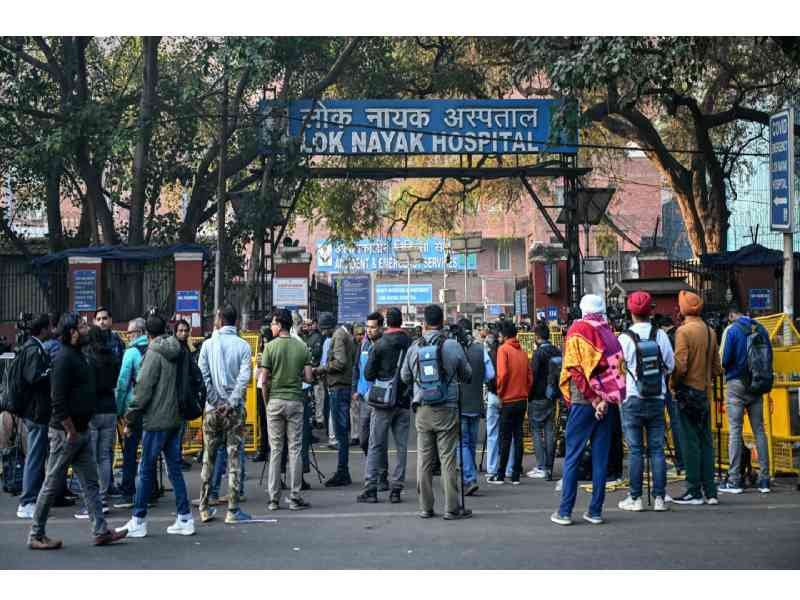- At least 18 people killed in a stampede at New Delhi railway station.
- Chaos erupted while people scrambled for trains to the Kumbh Mela in Prayagraj.
- The stampede follows a history of deadly crowd-related disasters at the event.
- Government’s inadequate crowd control measures raise serious concerns about safety.
- Prime Minister Modi expresses sorrow, but lacks substantial action on the ground.
A deadly stampede broke out at a railway station in New Delhi late Saturday night. Eighteen people lost their lives as tens of thousands rushed to board trains for the Kumbh Mela in Prayagraj. Confusion on the platform and surging crowds sparked panic, showing the failure of authorities to control crowd safety at such a massive event.
Passengers scrambled to board special trains for the Kumbh Mela, which has already drawn millions of devotees. The event will conclude on February 26, but crowd chaos continues to occur. This problem has haunted the gathering for decades. Dr. Ritu Saxena confirmed 15 deaths, mostly from hypoxia or blunt trauma. Eleven others were injured but are in stable condition.
Deadly Pattern: The Repeated Failures of Kumbh Mela Management
Government’s Response: A Weak Reaction to Repeated Tragedies
The Indian government’s response to the tragedy has focused more on condolences than action. Prime Minister Narendra Modi shared his sorrow, tweeting, “My thoughts are with all those who have lost their loved ones. I pray that the injured have a speedy recovery.” Sadly, this does not tackle the root cause: the lack of crowd safety at Kumbh Mela.
Ashwini Vaishnaw, the Railway Minister, promised a “high-level inquiry” into the stampede’s causes. Yet, similar inquiries have become routine. They rarely bring about meaningful changes in managing the event, leaving the problem unresolved year after year.
In response, the Delhi government deployed disaster management teams and ensured hospitals were ready for more casualties. But with over 500 million people attending this year, it’s clear Indian authorities were not prepared for such a massive event.
History Repeating: Why is India Failing to Learn from Past Disasters?
The Kumbh Mela is known for attracting massive crowds, but the repeated stampedes have raised serious questions about the government’s priorities. Despite the scale of the disaster and the loss of life, the government has failed to invest in long-term crowd management solutions. Every time a tragedy occurs, leaders express their grief, but there is little progress on improving infrastructure and safety measures for future events.
The Kumbh Mela’s sheer size demands a level of preparedness that Indian authorities seem unable to meet. With millions of people gathered in one location, the risks of crowd congestion and panic are high. Yet, with each festival, the same issues of inadequate crowd control and lack of safety measures arise, resulting in needless deaths.
The Ongoing Failure to Prioritize Public Safety
The stampede in New Delhi reminds us of India’s failure to protect its citizens during big events. The country has the resources and experience to manage large crowds. Yet, the government’s inability to improve crowd management shows that public safety is being overlooked.
This negligence has caused a loss of trust in the government’s ability to handle the Kumbh Mela. Without action, more lives will be lost in future events. The Kumbh Mela should be a peaceful, spiritual occasion, not a deadly tragedy for families to mourn.
The tragedy at New Delhi’s railway station highlights the government’s failure once again. It points to the same old problems with crowd control. The lack of meaningful reforms has made this disaster all too familiar.
While officials offer condolences, the real question remains. When will they take real action to protect millions of lives attending this sacred event? It’s time for change before another life is lost.


